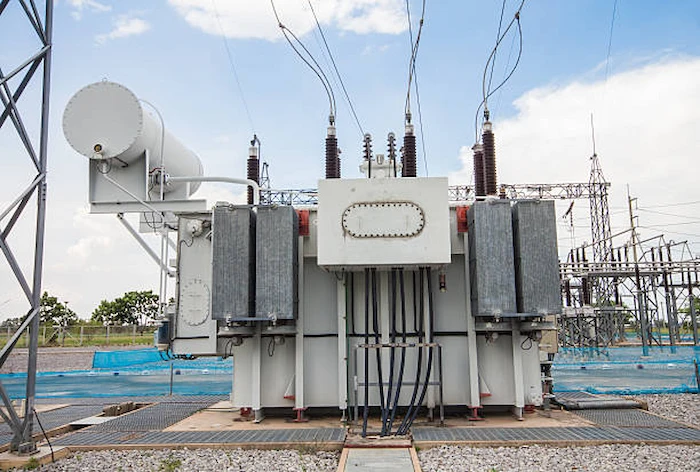A key component of the power distribution system is the electrical substation transformer. It is a device used to convert electrical energy from one voltage to another and is critical to the reliable and efficient transmission of electricity.
The primary function of electrical substation transformers is to step up the voltage of electricity before it is sent to customers along a power line. This is necessary to reduce line losses and ensure that the electricity reaches the consumer at the desired voltage.

Image Source: Google
Another important role of substation transformers is to provide isolation between the high-voltage transmission lines and the low-voltage distribution lines. By isolating the two systems, it prevents any fluctuations or surges in voltage from affecting the distribution system.
Substation transformers also play a critical role in power quality management. They help regulate the current, voltage, and frequency of the electricity to ensure that it remains within acceptable limits. This helps to ensure that customers receive a consistent and reliable supply of electricity.
In addition to these primary functions, substation transformers can also be used to increase the capacity of a power line. This is done by connecting multiple transformers in parallel, each with its own power source so that the total capacity of the power line is increased.
Substation transformers are an essential part of the power distribution system, and their role in ensuring the reliable and efficient transmission of electricity cannot be understated. Without them, there would be no way to effectively transmit electricity to customers.
